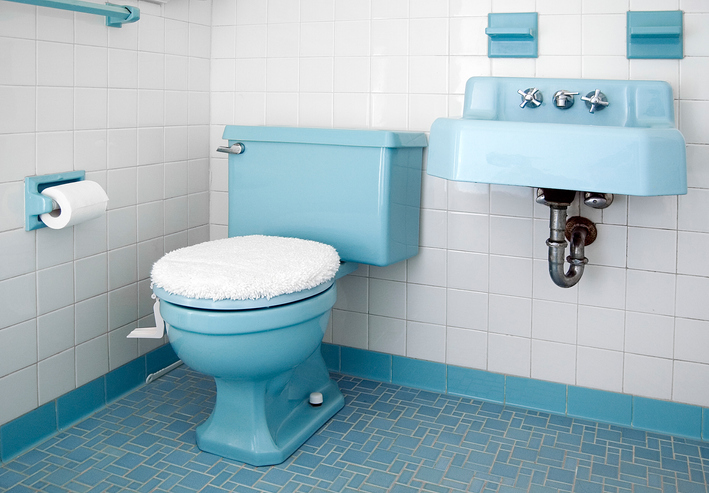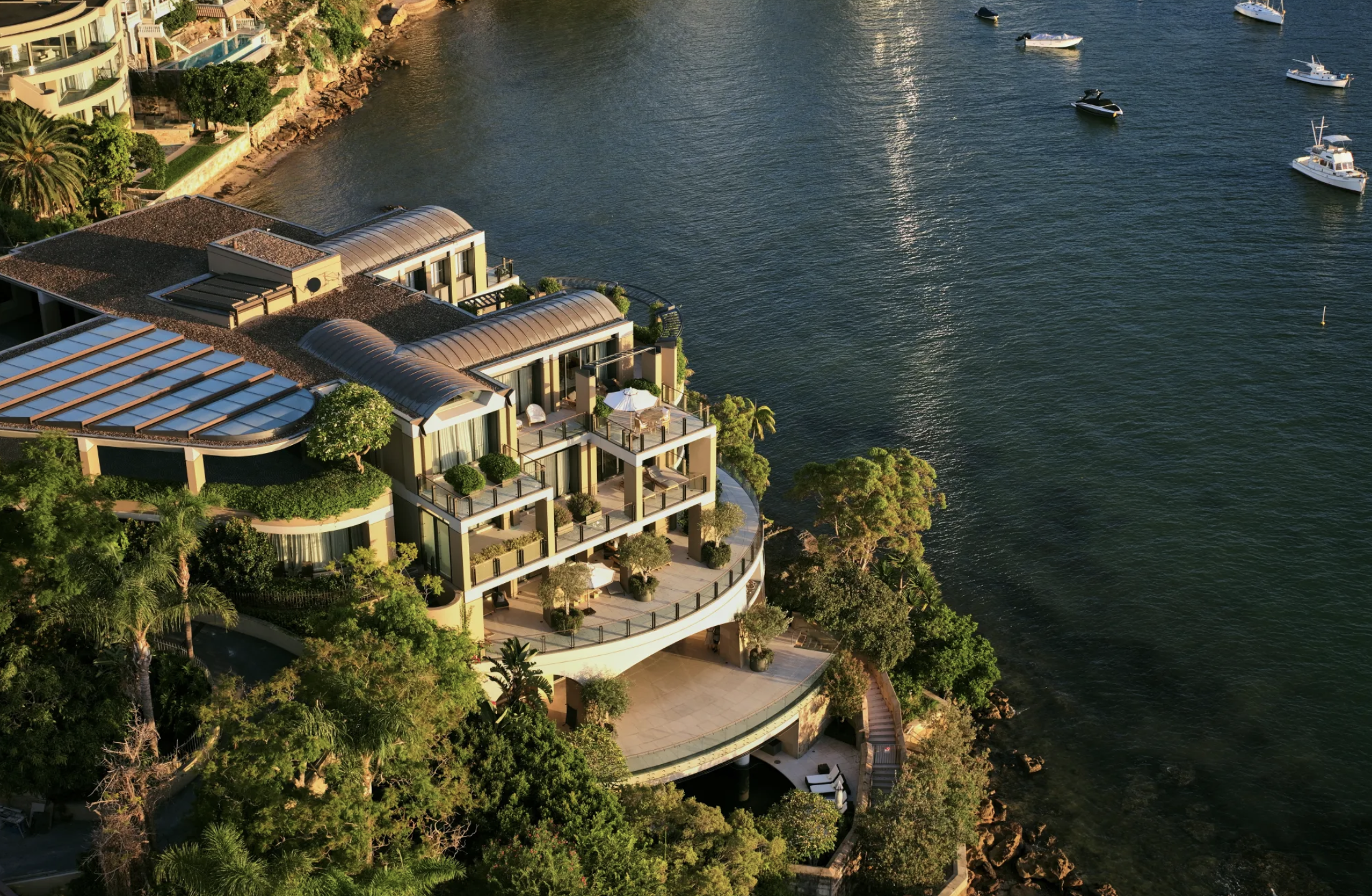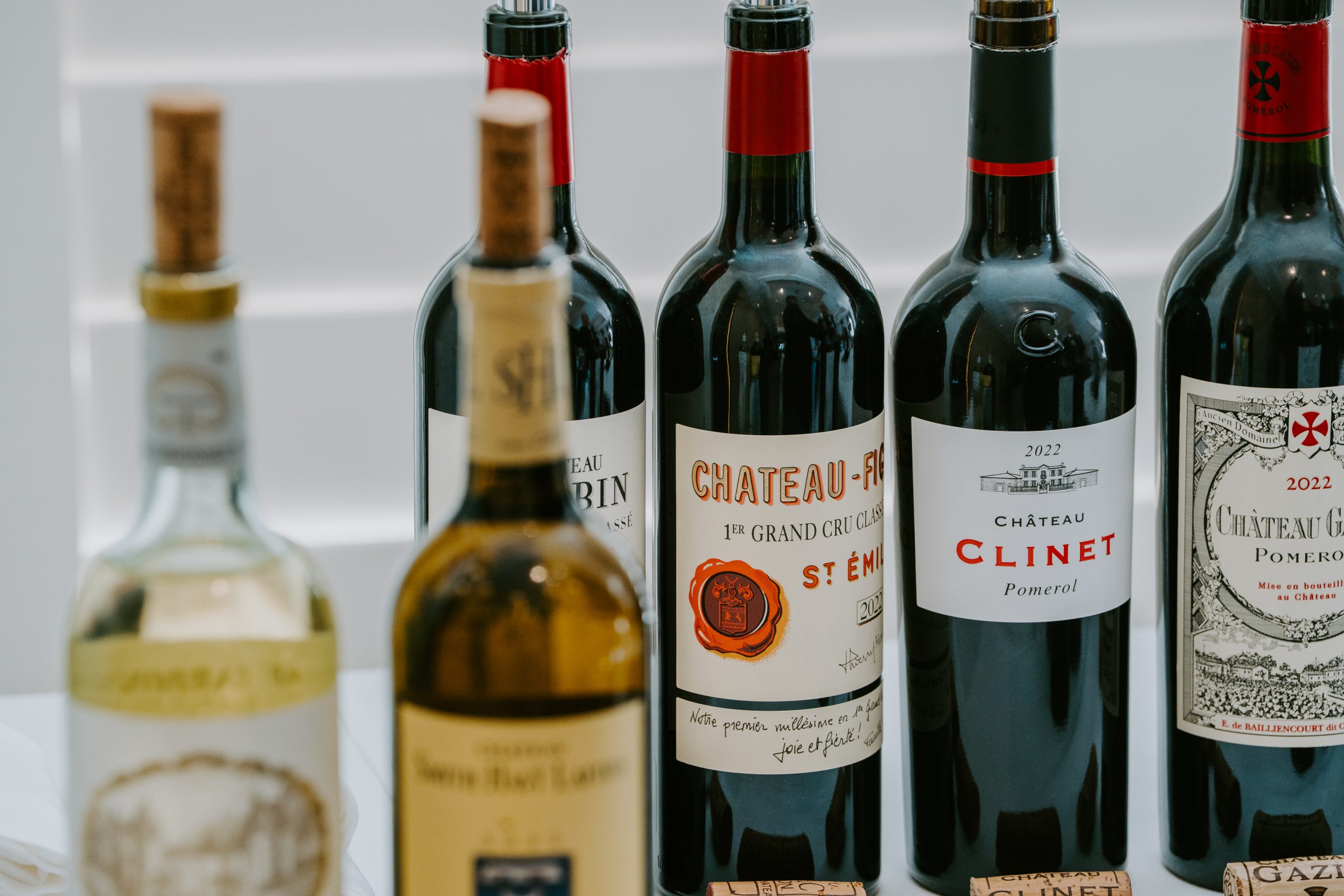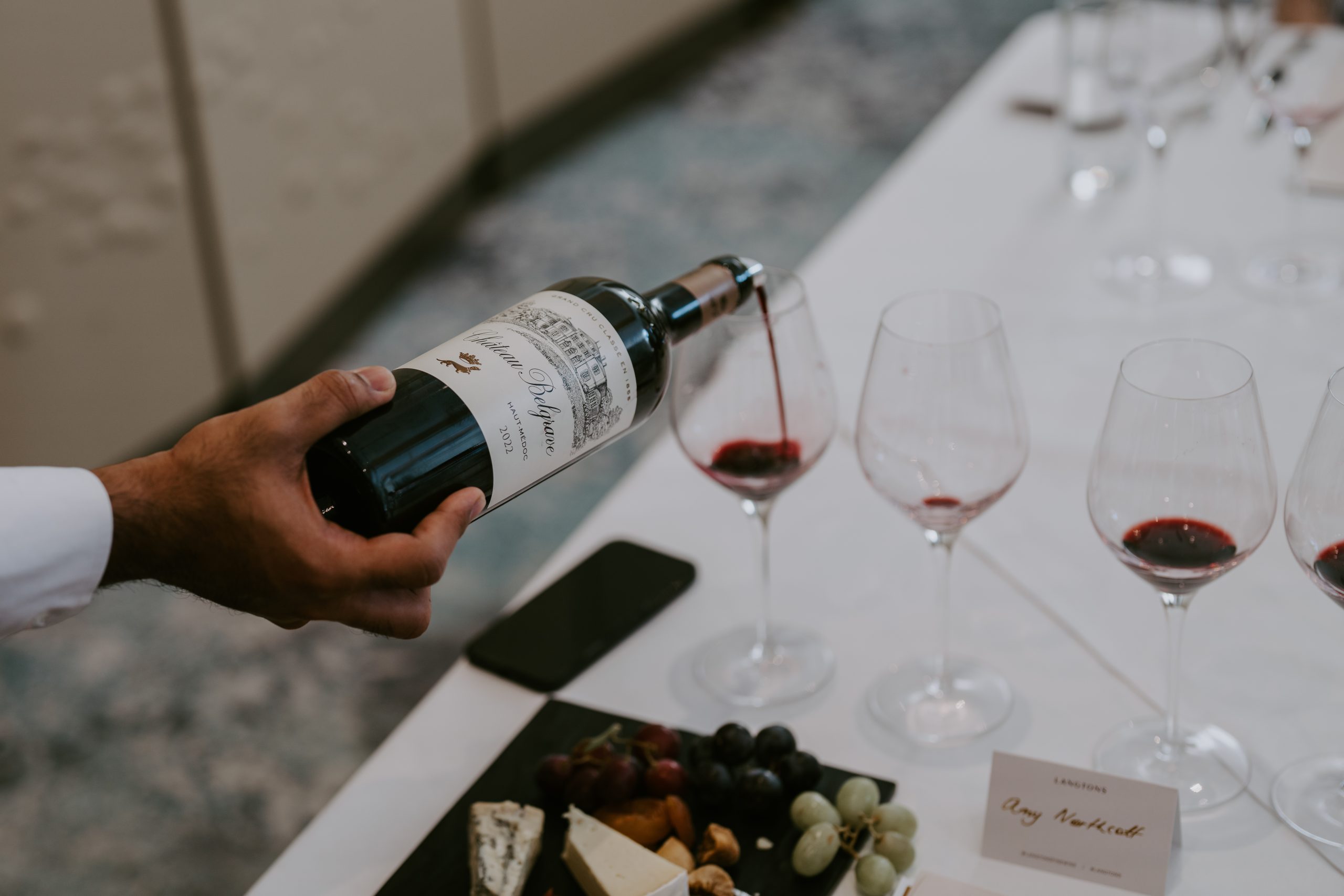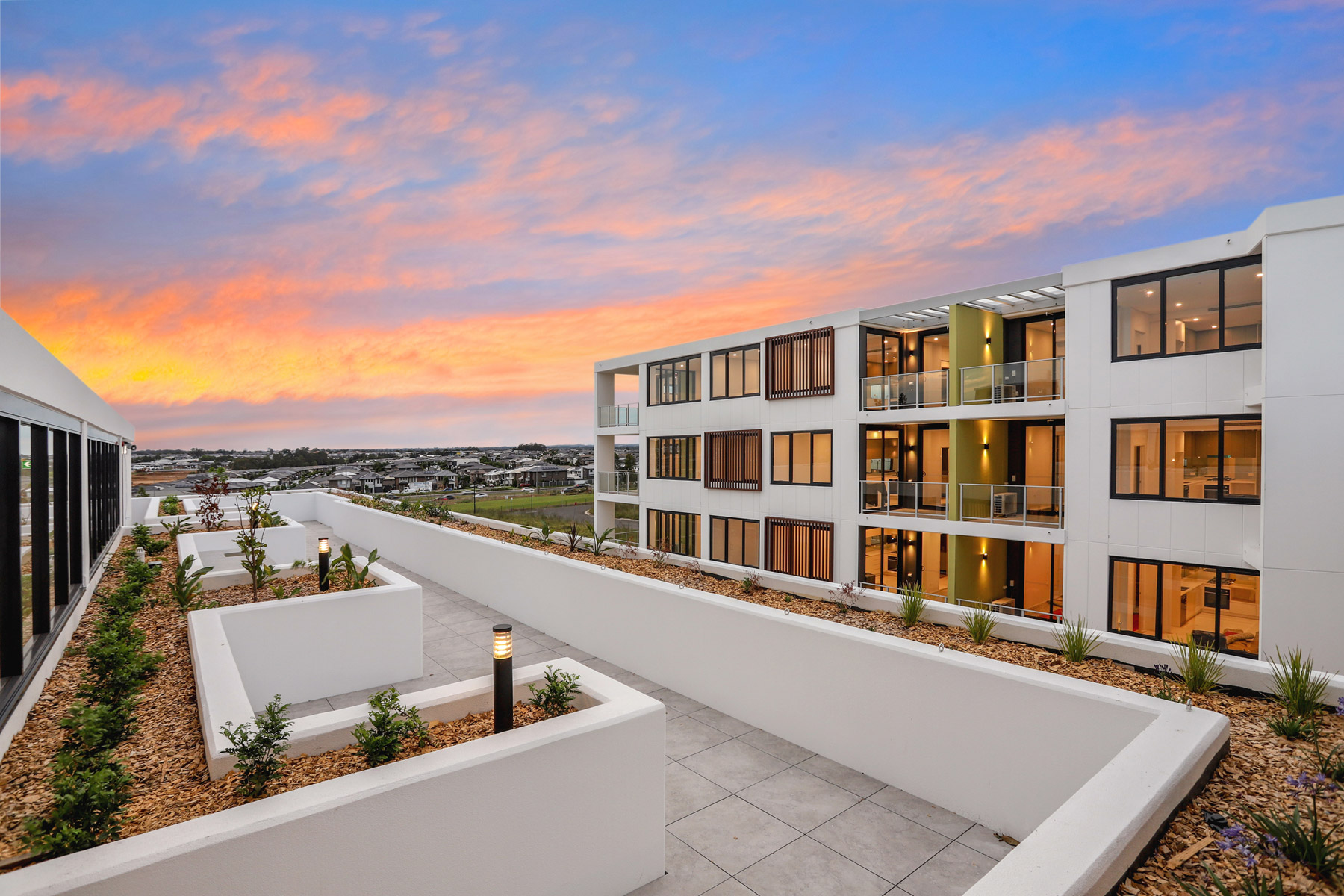Baby Blue Tubs and Lemony Loos. Are Coloured Bathroom Fixtures Chic Again?
The divisive trend has design pros in a lather. Here, they argue both sides.
COLOURED TUBS and sinks are getting another shot. Design experts are revisiting the look, which originated in the 1920s. American waterworks brand Kohler recently revived two heritage colors they originally released in the ’20s and ’30s, and British manufacturers such as the Water Monopoly and the Bold Bathroom Company have found fans on both sides of the Atlantic.
Some designers, however, wincingly recall the avocado-hued tubs and sinks of the 1970s and hold that coloured fixtures are a trend that will date very quickly. For these naysayers, only white bath fixtures will do. Here, they debate the issue.
Yes, coloured fixtures give a bathroom a much-needed shot of style.
Many design pros applauded the news that come summer, Kohler’s bathroom fixtures—including toilets—will be available in two shades from its archive: Spring Green, an icy teal, and Peachblow, a mauvy pink. Fans of the chromatically diverse Rockwell collection from the Water Monopoly, meanwhile, appreciate the fixtures’ vaguely vintage eccentricity.
London interior designer Lizzie Green nestled a Powder blue Rockwell tub, one with a puffy upper rim and spheres for feet, against a wall of variegated green-blue tiles (above). “The playful design creates a center piece in a large bathroom,” she said. (In a similarly bold move, Ms. Green installed a blue art deco pedestal sink from British manufacturer the Bold Bathroom Company in a shower room clad in rose-pink tile.)
Elizabeth Metcalfe, of EM Design in Toronto, made a chalky green Rockwell tub the hero of a primary bath and a foil to some serious luxury. It sits amid walls of Breccia marble—a creamy stone veined in deep purple—and windows hung with pink cashmere drapery. The tub gives an otherwise conservative, grown-up room a “uniquely stylish” edge, she said.
The designers we surveyed agree that the trend’s biggest fans are older millennials who grew up in what Lauren Lothrop Caron terms the “beige 2000s.” The founder of Seattle’s Studio Laloc—a senior millennial herself—urges her contemporaries to be bold. For her own bathroom remodel, she’s eyeing Kohler’s Peachblow fixtures.
Noncommittal types might do best to choose one small colored fixture, says Jake Rodehuth-Harrison, founder of Los Angeles design firm Hubbahubba. Mr. Rodehuth-Harrison loves the “heavy dose of nostalgia” the pieces provide at a time when “the design world and algorithms are always looking forward and saying new, newer, newest.” He popped lilac ball feet onto another Water Monopoly Rockwell tub, this one white, in a Napa Valley, Calif., project. The result perches, most surprisingly, on muted green flooring he chose. If that’s too bold, “we can neutralize these fixtures by surrounding them with tiles in the same color,” he noted.
Another trick: Tiffany Duggan of London’s Studio Duggan suggests working with vintage fixtures that were born white. The designer recently updated an original iron tub with a wash of Farrow & Ball’s Red Earth. “If you change your mind, you can just paint over it.”
No, colored basins and bathtubs are too fatally trendy and impractical besides.
Doubters say hued baths will be a blip on the trend continuum. Unless you’re trying to preserve the aesthetic of a historic home, warned Liana Hawes Young, creative director of Wimberly Interiors in New York City, “colored fixtures will feel dated quickly, if not immediately.” And unlike trendily tinted shower curtains or wall paint that can be changed with little expense, this craze requires a spendy swap out, argued naysayers. Said Kristina Phillips, an interior designer in Ridgewood, N.J., “Clients looking for more long-term, classic design, along with keeping eventual resale in mind, might hesitate.”
Traditionalists say that if you really must, relegate such vivid choices to powder rooms and kids’ baths, spaces you don’t linger in. And well-intentioned salvage-scourers should be wary of mixing eras, said other concerned parties. “Vintage plumbing fixtures can date a space due to their scale,” explained Hattie Collins, founder of Hattie Sparks Interiors, in New Orleans. “Most times, coloured tubs and toilets are much smaller than present-day fixtures.” A safer bet, she suggests, is to focus on rescuing original floor and surround tile.
Powder blue is one thing, many say, but bright or hot-hued renditions of this trend read garish. “Neons and oranges could be a thorn in the room,” said Los Angeles designer Gilda Hariri. Even Ms. Metcalfe, who otherwise champions the trend, warned, “Avoid vibrant, aggressive tones, such as reds and oranges, that evoke a strong emotional response.”
Designers who actually can see a place for coloured fixtures couldn’t help but trivialise the trend as “retro” and “eclectic.” The rest of the room has to quietly suggest luxury, they suggest, to balance kookiness with class. Ms. Collins thinks wallpaper that has layered, expressive colours—the sort often offered by House of Hackney, Gracie or Cole and Son—could help coloured fixtures read higher end, as would lighting of reeded glass and high-quality metal finishes. “Lovely but expensive,” she added. Is the cost of a cheerful toilet really worth it?
The power of association doesn’t work well in the trend’s favor, either. A black bathroom, for instance, installed for a sense of refined moodiness, might evoke one from a 1980s basement nightclub, giving words like sterility and sanitary a new appeal. Austere white bathrooms, a holdover from the “hospital white’” tiled bathrooms of the early 1920s, are far more practical. Dark colours reveal water marks and chalky toothpaste smears. To Kristine Renee, co-founder of Sacramento, Calif., interiors firm Design Alchemy, “Nothing ever seems as clean as white.”
The Wall Street Journal is not compensated by retailers listed in its articles as outlets for products. Listed retailers frequently are not the sole retail outlets.
 Copyright 2020, Dow Jones & Company, Inc. All Rights Reserved Worldwide. LEARN MORE
Copyright 2020, Dow Jones & Company, Inc. All Rights Reserved Worldwide. LEARN MORE
Records keep falling in 2025 as harbourfront, beachfront and blue-chip estates crowd the top of the market.
A divide has opened in the tech job market between those with artificial-intelligence skills and everyone else.
Ready to level up your cellar? Here, LANGTONS Head of Auctions, Michael Anderson, selects the bottles to chase from Bordeaux 2022.
There are Bordeaux drops and then there are Bordeaux moments. This is the latter. The 2022 vintage has arrived through LANGTONS with depth across communes and enough quality to satisfy both the curious and the die-hard.
Here is your guide to what deserves a place in the cellar, and in years to come, your dining table.
1. Château Carbonnieux Blanc 2022, Graves, $110
The story of the legendary white of Château Carbonnieux Blanc (Graves, $110) stretches back to the 18th century when, thanks to its crystal clarity, it was introduced to the Sultan of Constantinople’s palace disguised as ‘mineral water from Carbonnieux. Today, the wine retains that luminous freshness in youth but develops dried and candied fruit characters with maturity, making it one of the most versatile whites in the region. This is a wine that can be drunk now through to 2029, so not a long termer.
2. Château Figeac 2022, St-Émilion, $850
If Carbonnieux speaks of crystalline youth, Château Figeac (St-Émilion, $850) speaks of longevity. Few estates can match its claim to 2000 years of continuous occupation, and the 2022 vintage bears that gravitas. Deeply garnet in colour, Cabernet Sauvignon shines here with notes of blackcurrant, blueberry, lilac, tobacco and bay leaf. On the palate, the wine is elegant and mineral, yet vibrantly alive. It’s a stunning effort that will reward those with patience – I’d suggest drinking from 2034–2060. It’s a great investment wine given Figeac’s ascent, too.
3. Château Gazin 2022, Pomerol, $235
In Pomerol, the quiet achiever is Château Gazin ($235), whose neighbours happen to be Petrus and L’Evangile. The 2022 shows deep crimson colour, with aromas of violet, musky plum, roasted chestnut and mocha. Classically proportioned, it offers a palate of ripe black fruits, chalky tannins and mid-palate depth that places it among the appellation’s most compelling releases. This wine sees its best drinking between 2029 and 2040.
4. Château Palmer 2022, Margaux, $1,050
Further south in Margaux, Château Palmer ($1,050) continues its reputation as a ‘Super Second’, officially ranked a Third Growth but revered as the equal of the First Growths. The 2022 is abundant in blackberry jam, chocolate, lavender and smoke, a wine of sheer extract and richness with remarkable intensity. It is best from 2035 and should be showing nicely to 2065. It’s a wine nipping at the heels of the Firsts and a wonderful investment opportunity.”
5. Château Haut-Bailly 2022, Pessac-Léognan, $415
Another of Bordeaux’s historic properties, Château Haut-Bailly (Pessac-Léognan, $415), dates to the mid-15th century. Its 2022 vintage shows blackcurrant pastille, violet and graphite, with a refreshing yet dense palate that finishes chalky and minerally. It is incredibly elegant now, so try from 2030–2045 with ease. A wine worth buying 6–12 bottles of to watch this ‘value’ Bordeaux evolve in the cellar over time.
6. Château Pontet-Canet 2022, Pauillac, $330
The Pauillac commune offers two contrasting but equally celebrated estates. Château Pontet-Canet ($330), founded in 1725, is full-bodied and packed with ripe black fruits supported by finely integrated tannins. The wine is remarkably compelling now, but best after 2029 through to 2045. It’s also a hit in the secondary market amongst speculators.
7. Château Lafite-Rothschild 2022, Pauillac, $1,950
Then there is Château Lafite-Rothschild (Pauillac, $1,950), perhaps the most recognised name in the Médoc. The 2022 vintage has immense grip and presence, offering loganberry, blueberry, wet stones, and forest floor. For me, this is one of the definitive wines of the vintage. It’s one of the world’s most collected and cellared wines. Best from 2034–2070+ and is a triumph.
8. Château Montrose 2022, St-Estèphe, $595
North in St-Estèphe, Château Montrose ($595) demonstrates why this Second Growth is often regarded as a rival to the First Growths. Ample blackberry, cassis and briary fruits meet velvety tannins and cedar, creating a wine of both richness and precision. The wine is fine, aromatic and worth the investment. Most joy to be extracted from 2033 onwards with a 25-year satisfaction window.
9. Château Suduiraut 2022, Sauternes, $99
The sweet wines of Bordeaux complete the spectrum. Château Suduiraut (Sauternes, $99), a neighbour to d’Yquem, delivers a 2022 that is full of marmalade, saffron, lime and orange zest. Its sweetness is cut with a lifted bitterness that lends focus. This wine is showing beautifully now and best from 2028–2035+.
10. Château Cos d’Estournel 2022, St-Estèphe, $690
Finally, another St-Estèphe giant, Château Cos d’Estournel ($690), speaks with intensity and power. A blend dominated by Cabernet Sauvignon and Merlot, the 2022 is tannic, commanding and built for the long haul like every vintage of Cos.
Ophora Tallawong has launched its final release of quality apartments priced under $700,000.
ABC Bullion has launched a pioneering investment product that allows Australians to draw regular cashflow from their precious metal holdings.









